M1 vs M2 Apple Processor - A complete comparison

The CPU market is a highly competitive industry with processor makers like AMD and Intel competing fiercely to bring out their latest offerings each year. But with the release of the ARM-based M1 Processor, Apple took a giant leap in the processor industry and completely revamped the market. It raised the bar for other manufacturers and sent a strong message that you must bring out your A-game to stay relevant.
Apple, kept the tempo going and continued to release more powerful processors throughout the year, including the M1 Pro, M1 Max, and the M1 Ultra. Since the release of the M1 processor, other manufacturers also made some decent grounds and emphasized the power-to-performance ratio that the M1 is so good at. But honestly, everyone was waiting to see what Apple brings with the M2 processor as it is the true successor of the M1.
Thankfully after a wait of 1.5 years, Apple finally released the M2 processor in WWDC 2022, and we can't wait to compare it with the M1 processor to see how it stacks up.
Apple M1 vs. M2: Specs Overview

On paper, Apple claims that the new M2 processors have over 45% better GPU performance and around 8% better CPU performance when compared to M1 processors. Let's compare the specs side by side and see if they theoretically lie up to the expectation.
|
|
Apple M1 |
Apple M2 |
|
Transistors |
16 billion |
20 billion |
|
Neural Engine |
16 cores; 11 TOPS |
16 cores; 15.8 TOPS |
|
TDP |
20 to 24W |
Information not available yet |
|
Frequency (Max) |
3.2GHz |
Information not available yet |
|
Fabrication Process |
5nm |
2nd-gen 5nm |
|
Memory Bandwidth |
68.25GBps |
100GBps |
|
GPU Cores |
7 or 8 |
8 or 10 |
|
CPU Cores |
8 |
8 |
|
RAM Type |
LPDDR4X |
LPDDR5 |
|
Unified Memory (RAM) |
Up to 16GB |
Up to 24GB |
Apple M1 vs. M2: CPU

Let's start with the CPU in our comparison of the Apple M1 and M2. Apple announced that it would prioritize power efficiency above higher performance at the expense of battery life. As a result, the Apple M2 chip is based on 2nd-generation 5nm technology, which is said to improve power efficiency. The Apple M1 is similarly built on 5nm technology, but the 2nd-gen manufacturing node has been refined and optimized.
Both the Apple M1 and M2 have 8 CPU cores, while the transistor count on the M2 has grown to 20 billion, compared to 16 billion on the M1. This is mainly owing to the GPU core's increased size (more on this below). The Apple M2's new 8-core CPU has four high-performance cores and four high-efficiency cores, exactly like the Apple M1.
It appears that the fundamental architecture is likewise comparable. The Apple M2's high-performance cores are built on the Ultrawide microarchitecture, which has a 192KB instruction cache, 128KB data cache, and a Shared 16MB cache. In contrast, the Apple M1 processor has the same cache capacity as the M2. However, the shared cache size on the M1 is 12MB against 16MB on the M2.
Apple M1 vs. M2: GPU

When it comes to the GPU, the Apple M2 features a 10-core GPU (8-core on lower-end Macs), but the Apple M1 only had a 8 GPU cores (on some Mac, 7 GPU cores). With the Apple M2 processor, Apple is clearly willing to provide improved graphics performance. Apple's M2 processor offers 25% greater graphics performance in the same power environment like the Apple M1. When the Apple M2 GPU is pushed to its maximum power level, Apple claims it provide up to 45 per cent boost in performance. At this time, we can confidently state that M2's GPU outperforms M1's by a significant margin.
The Apple M2 GPU also has a bigger L2 cache and can perform up to 3.6 teraflops, but the M1 GPU can only achieve 2.6 teraflops. Compared to the M1 GPU's 41 gigapixels per second, the M2 GPU can render up to 55 gigapixels per second. Overall, the Apple M2 GPU has received a significant increase over its predecessor, and we are eager to put it to the test against the latest Intel/ AMD GPUs.
Apple M1 vs. M2: Media Engine

The Apple M2 has also seen upgrades in the Media Engine section. It boasts a new Media Engine that includes ProRes support and can encode and decode. The new Media Engine also supports 8K H.264 and HEVC movies, allowing for simultaneous 4K and 8K video streams. Similar to the Apple M1, there is also compatibility for a 6K external display. It is a welcoming change and makes way for even faster video encodings in the new processor.
Apple M1 vs. M2: Neural Engine
The Apple M2 processor also has a next-generation Secure Enclave, which adds an extra layer of protection. Furthermore, the M2's newest 16-core Neural Engine can do up to 15.8 trillion operations per second (TOPS). Although the Apple M1 processor features a 16-core Neural Engine, it can only handle 11 TOPS. In other words, the upgraded Neural Engine on the M2 is 40% quicker than the Neural Engine on the M1.
This translates to faster machine learning tasks across the Mac for things like video analysis, voice recognition, image processing, and more. On-device screech recognition and other AR/VR features are also likely to improve significantly.
Apple M1 vs. M2: Unified Memory

Let's discuss Unified memory on both chips in addition to the CPU and GPU. The Apple M2 processor allows Unified memory of up to 24GB with a 100 Gbps bandwidth, which is fantastic. The M1, on the other hand, only supports up to 16GB of Unified memory and has a speed of 68.25Gbps.
This is largely due to the Apple M2's LPDDR5 memory interface, whereas the M1's memory channel was the earlier LPDDR4X. Not to add that Apple built the Unified memory to be available throughout the whole chip.
Conclusion
Unfortunately, the Geekbench score for the new M2 processors isn't out yet, and we can't verify Apple's claim. But the new DDR5 ram, up to 24 GB unified memory, and 20% more Transistors look promising and are likely responsible for the massive 45% GPU increase.
However, we are a bit disappointed that the M2 is still made on the same 5nm Fabrication Process and not the 3nm one we initially expected. But overall, it is a solid upgrade, especially on the GPU front.


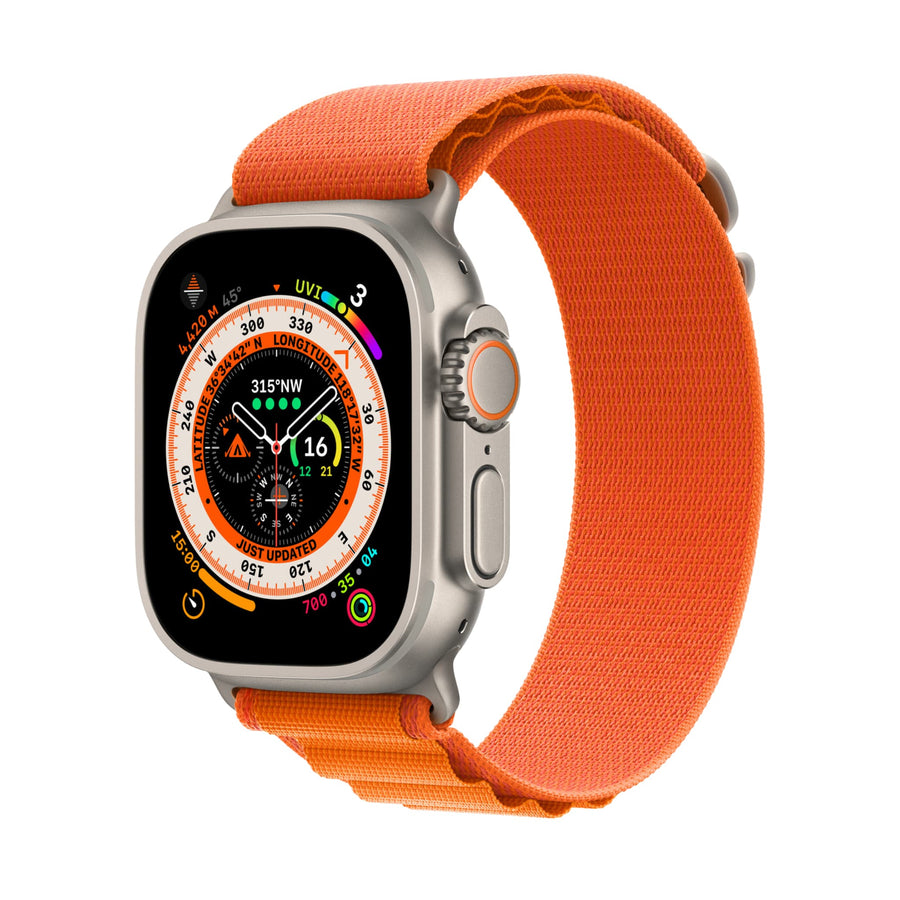








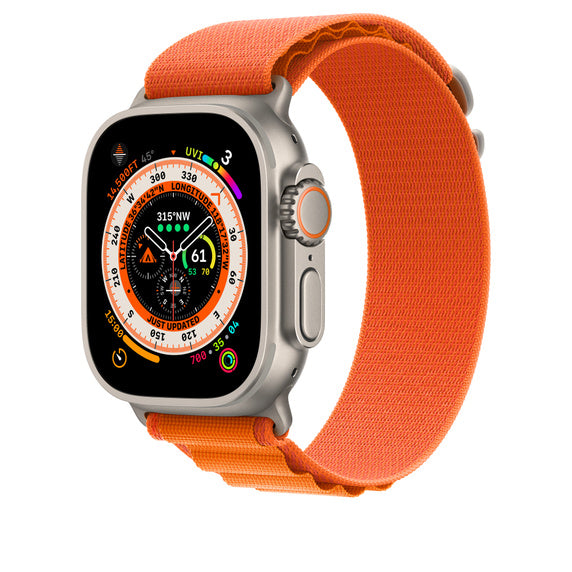
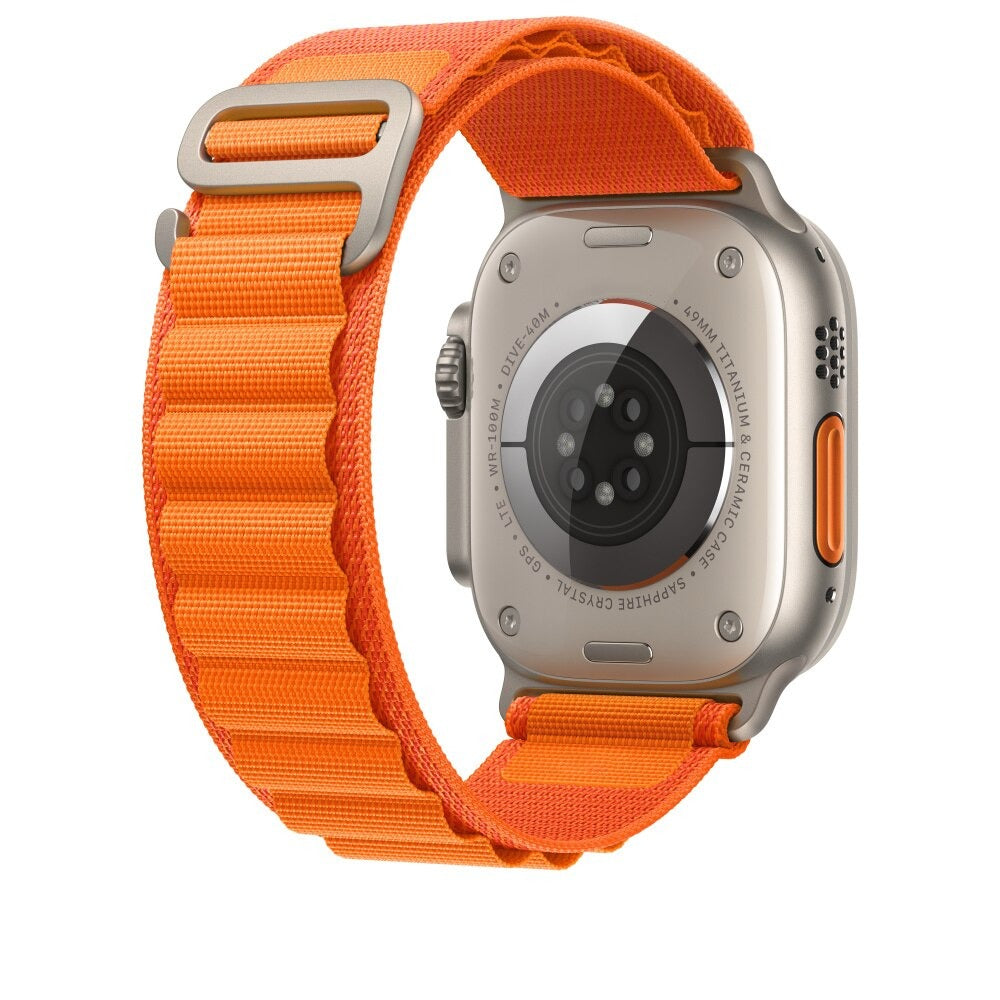
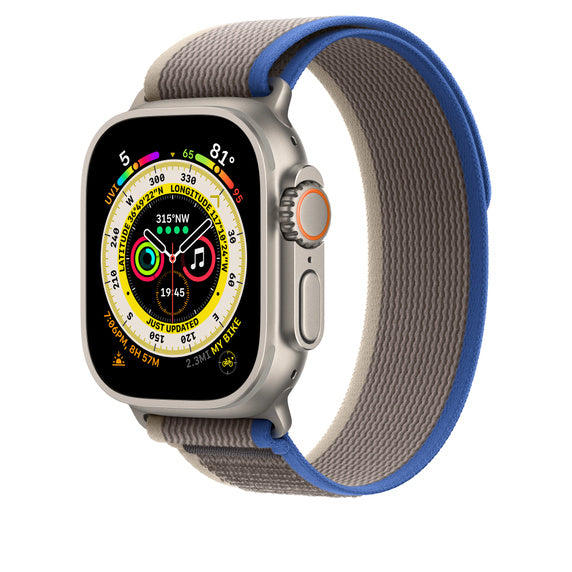
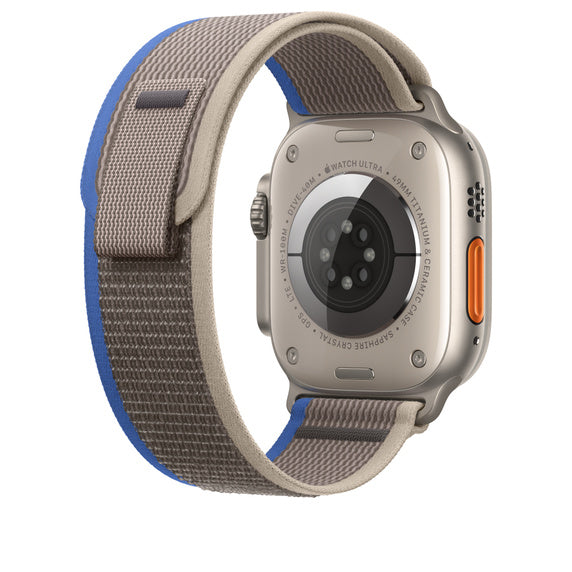
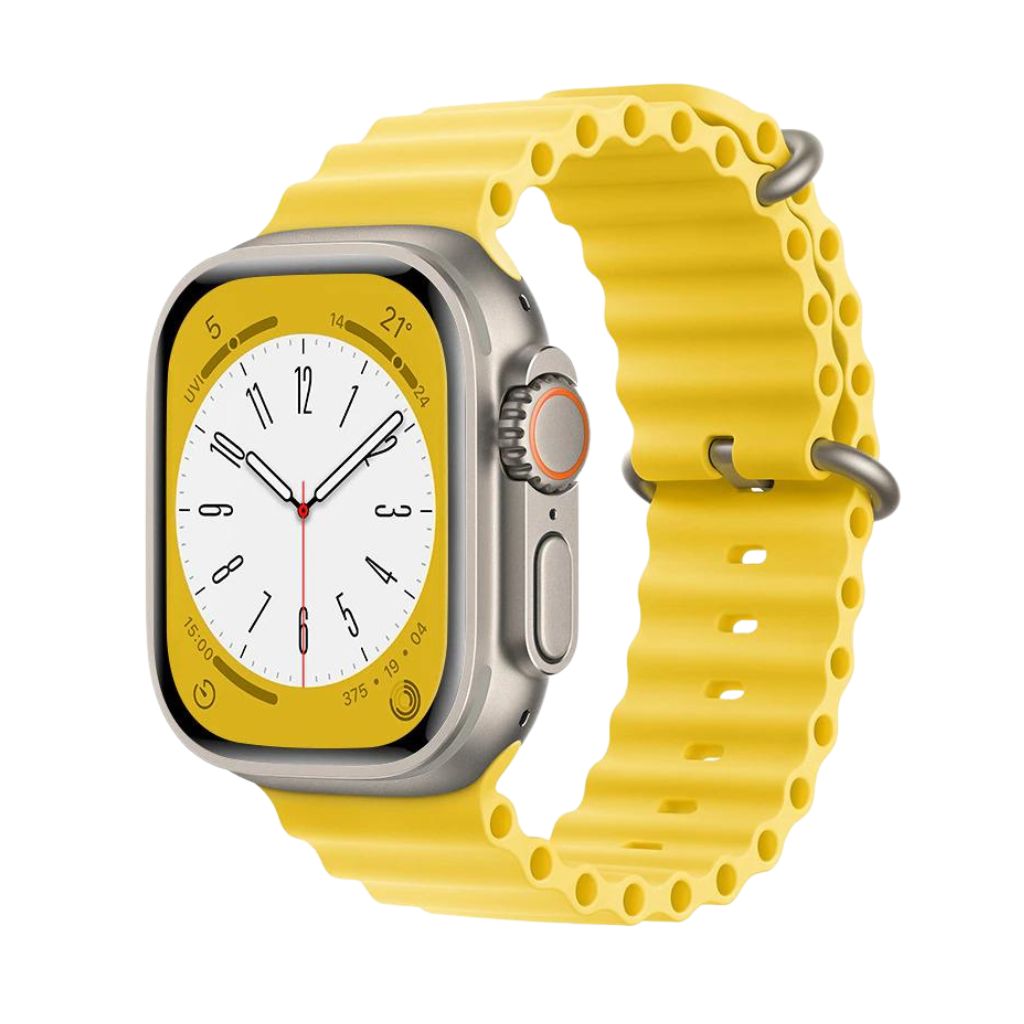
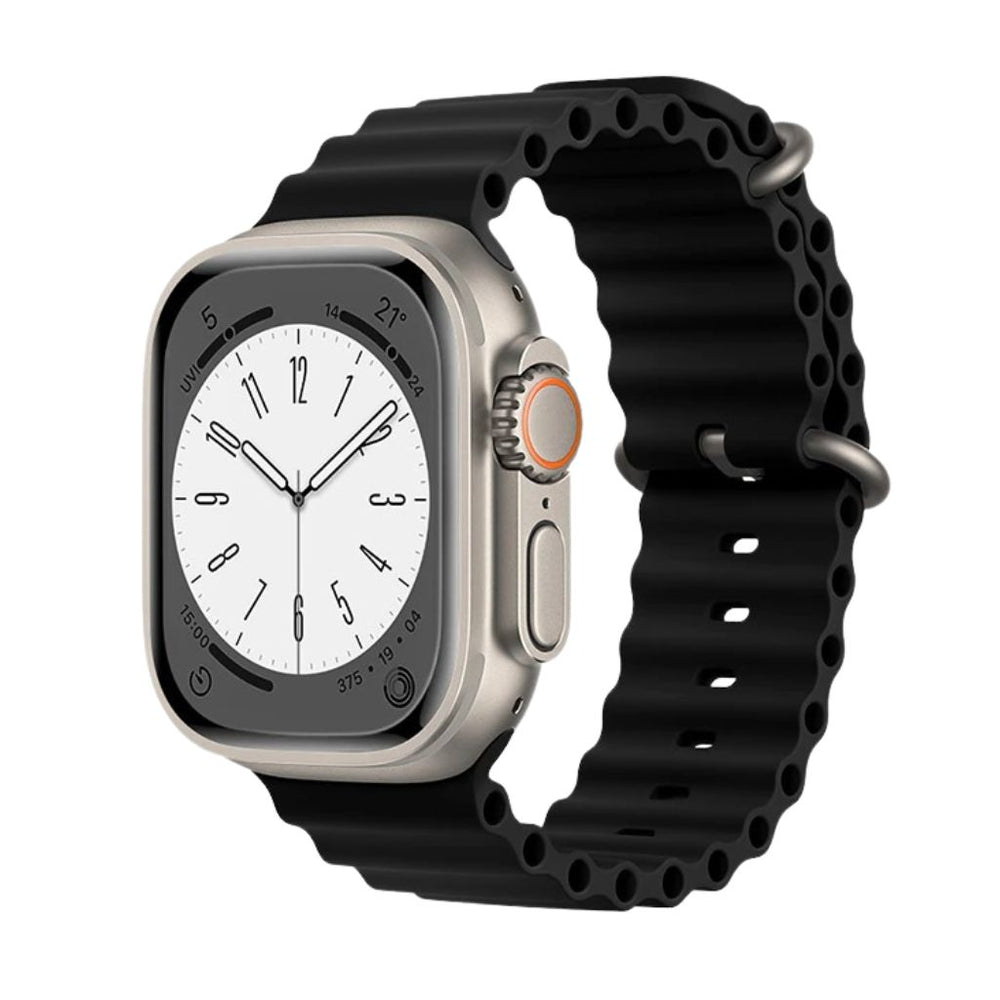
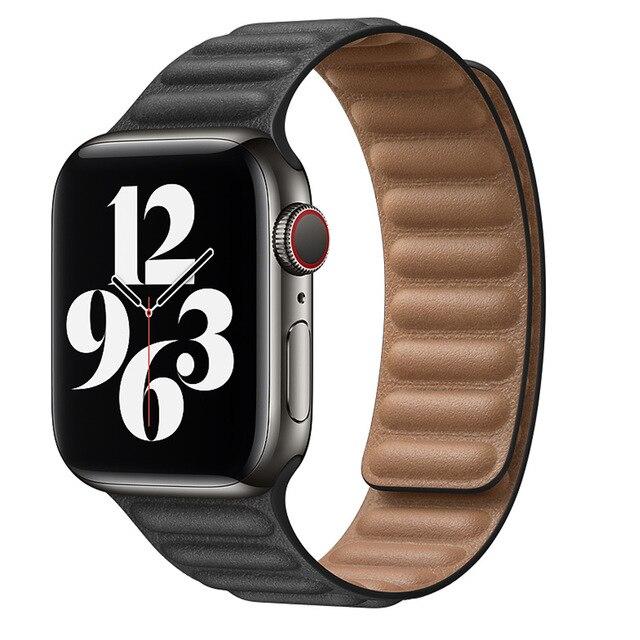
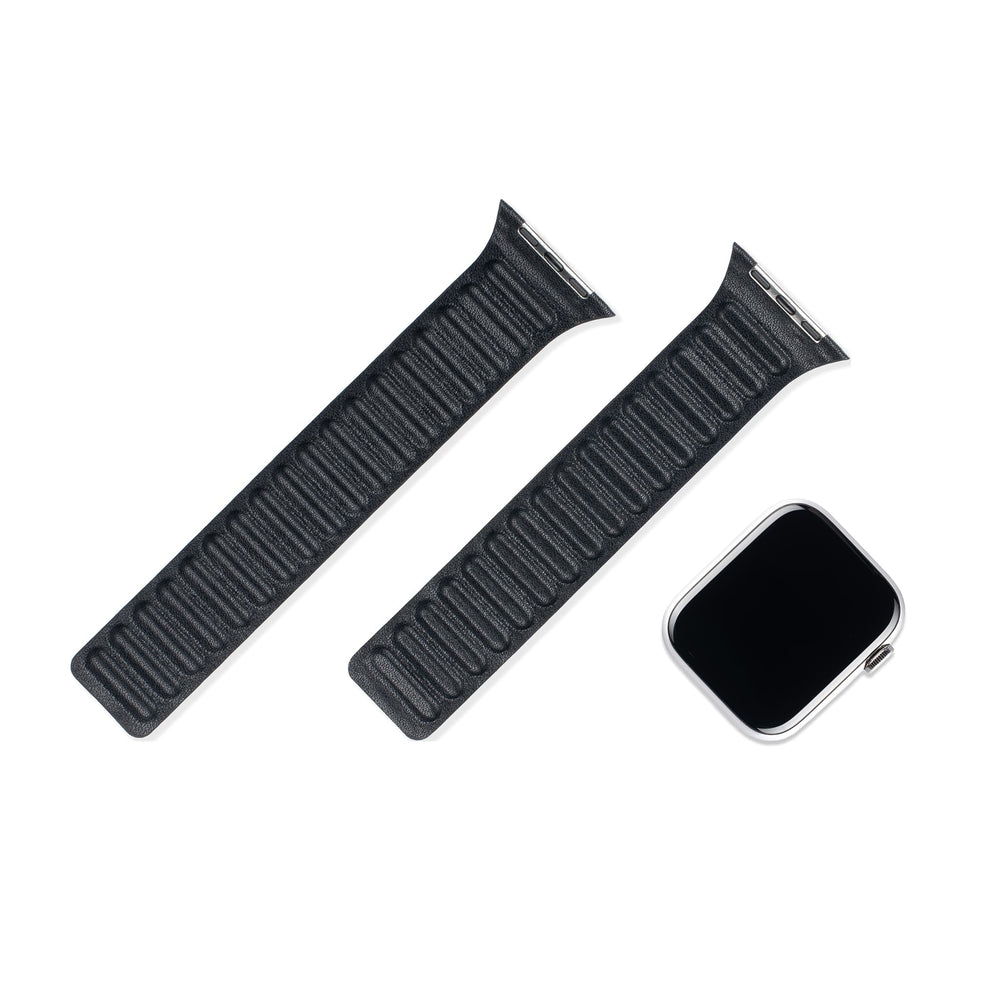
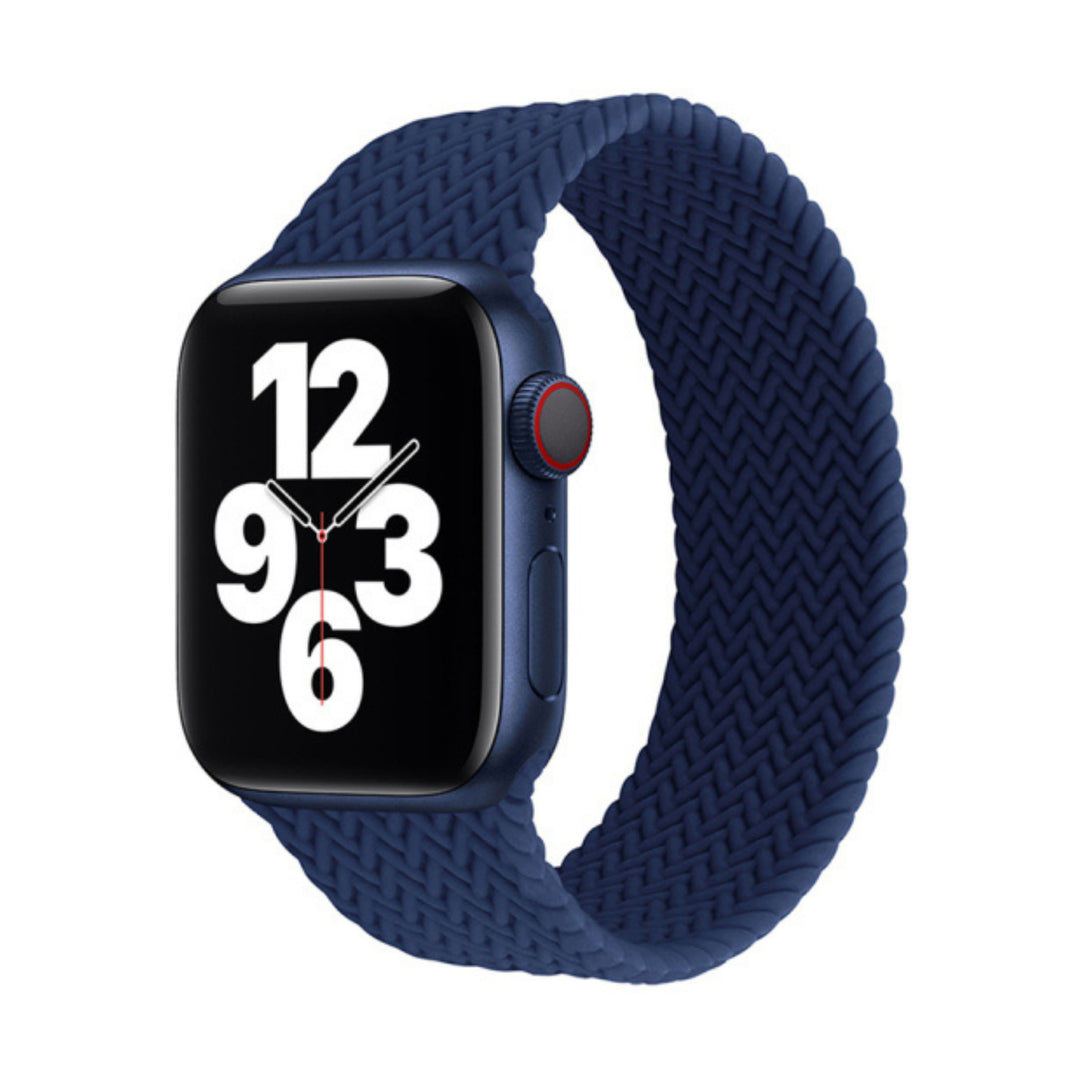
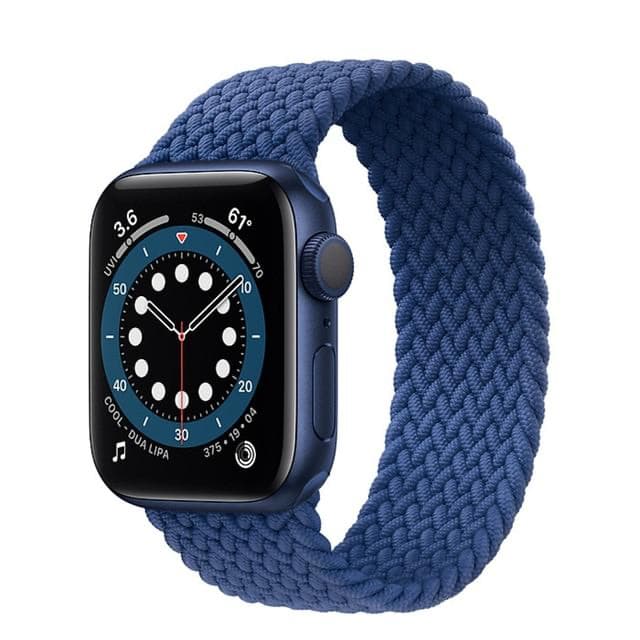

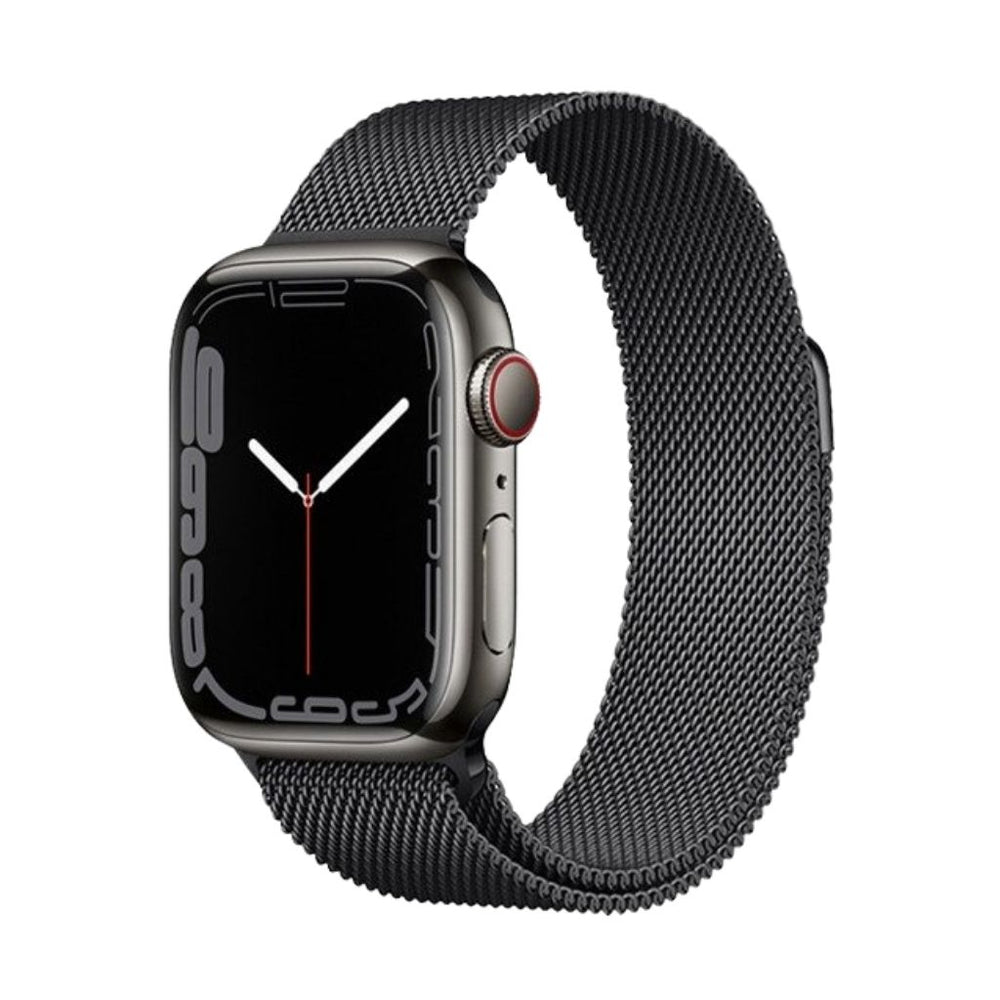
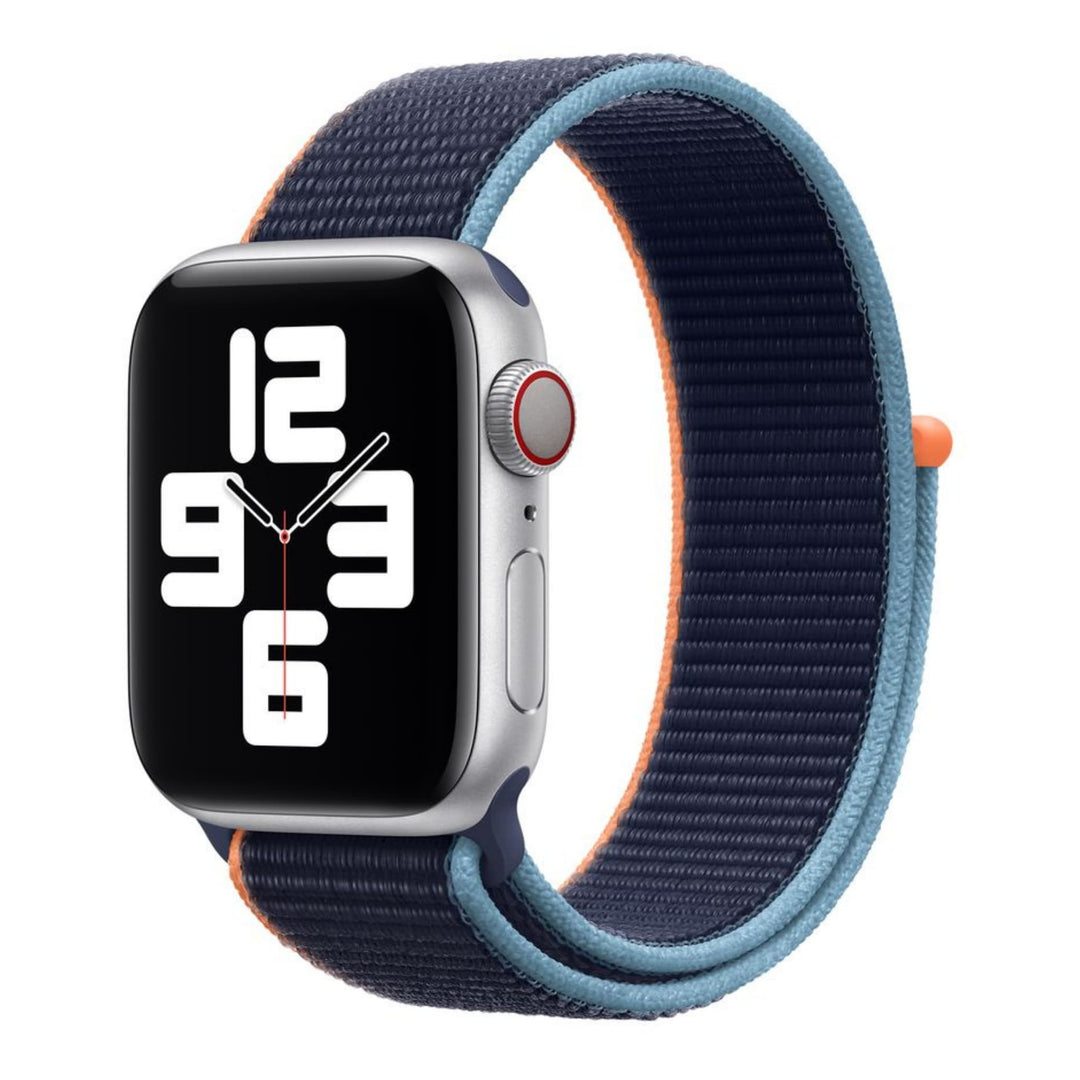
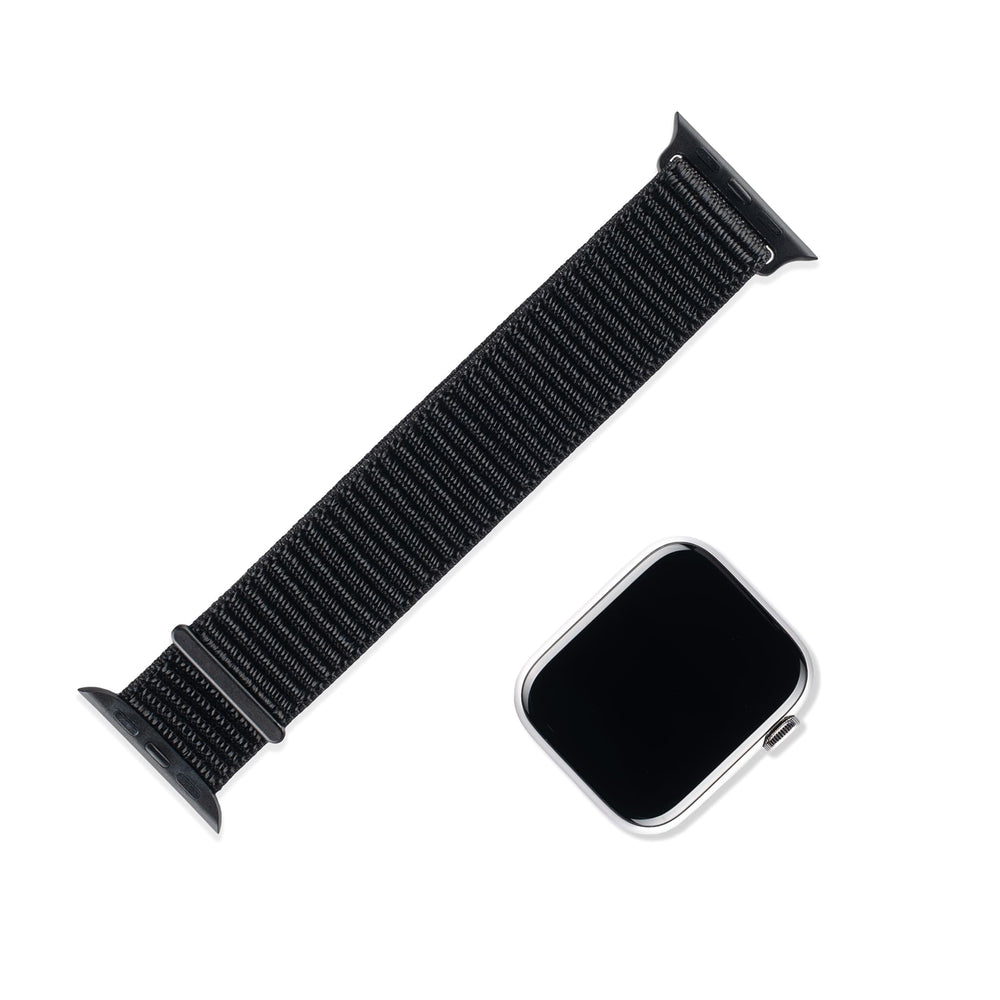
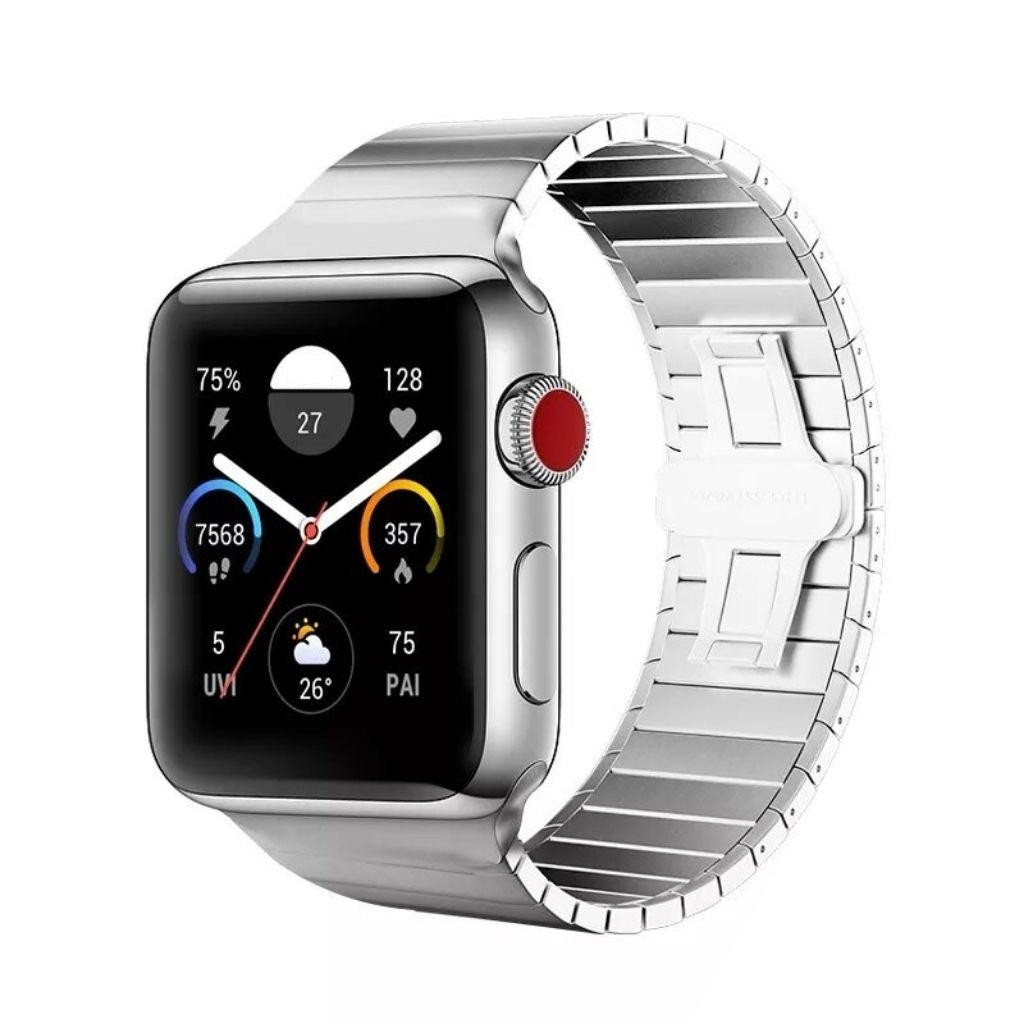
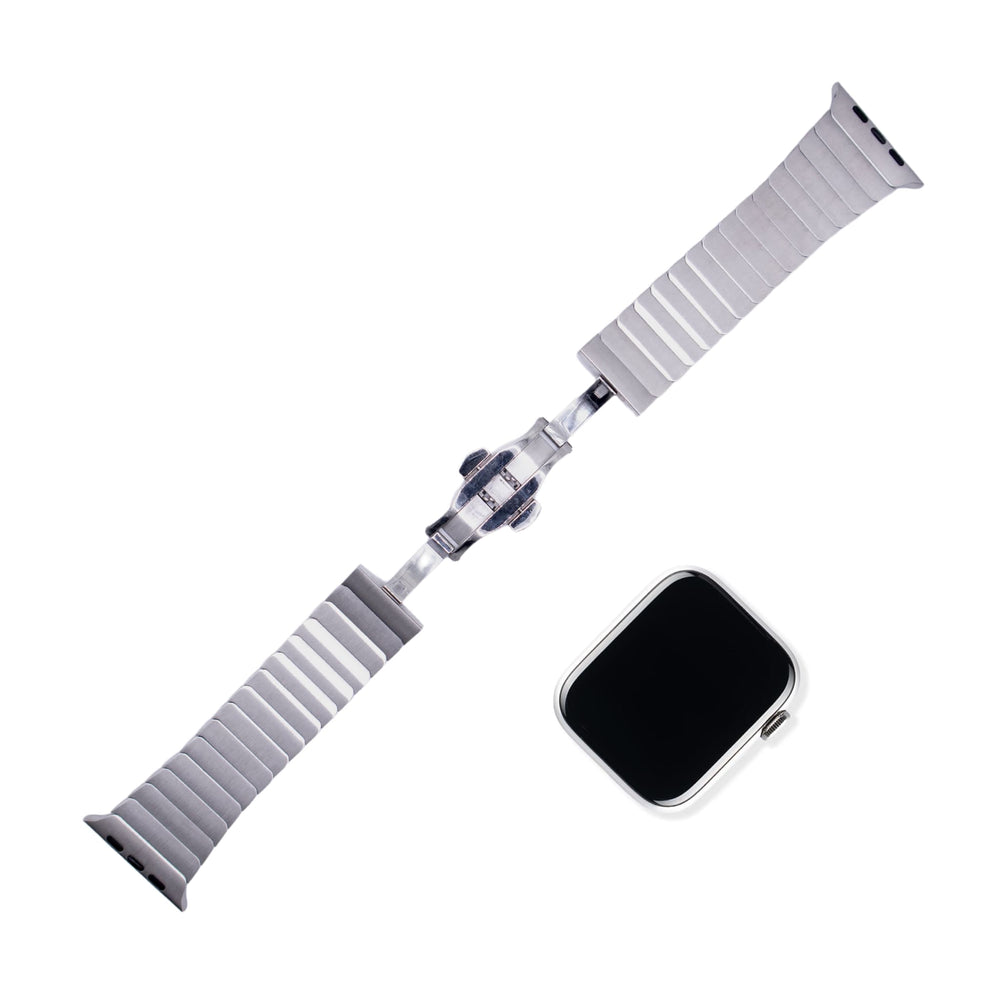
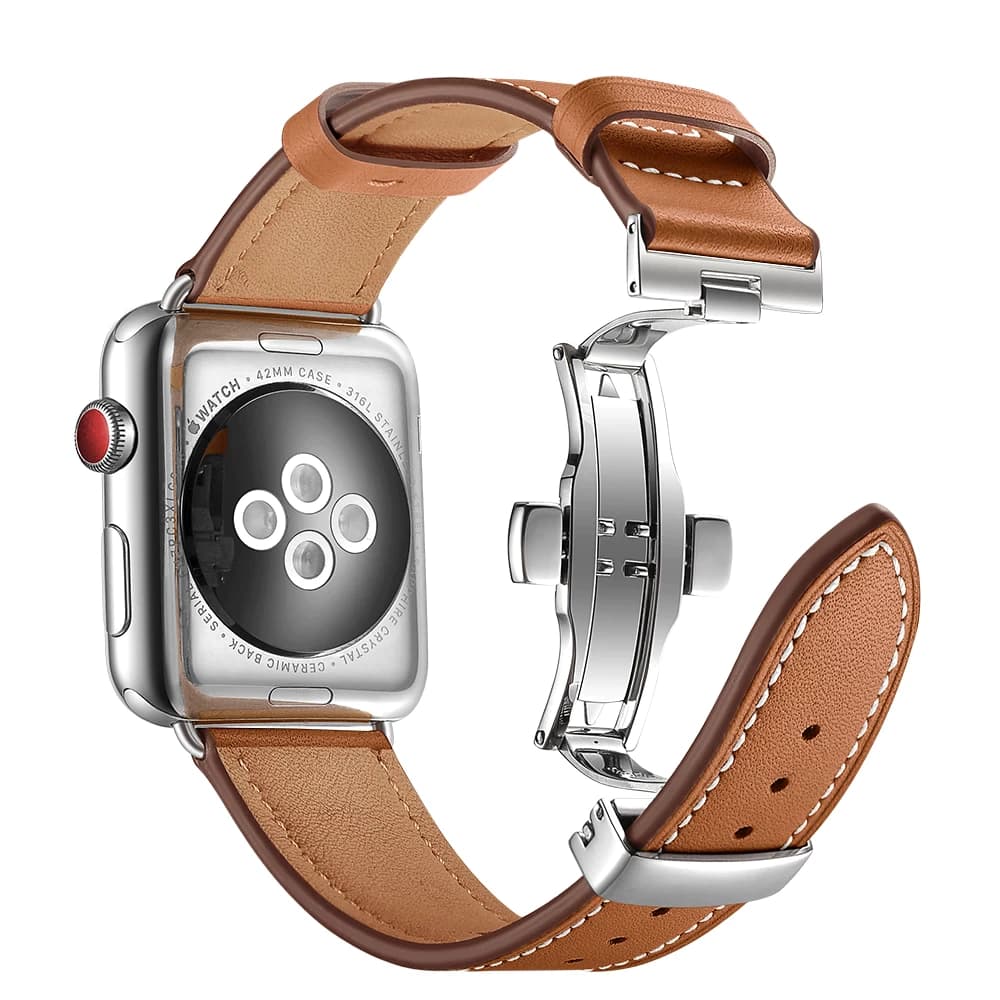
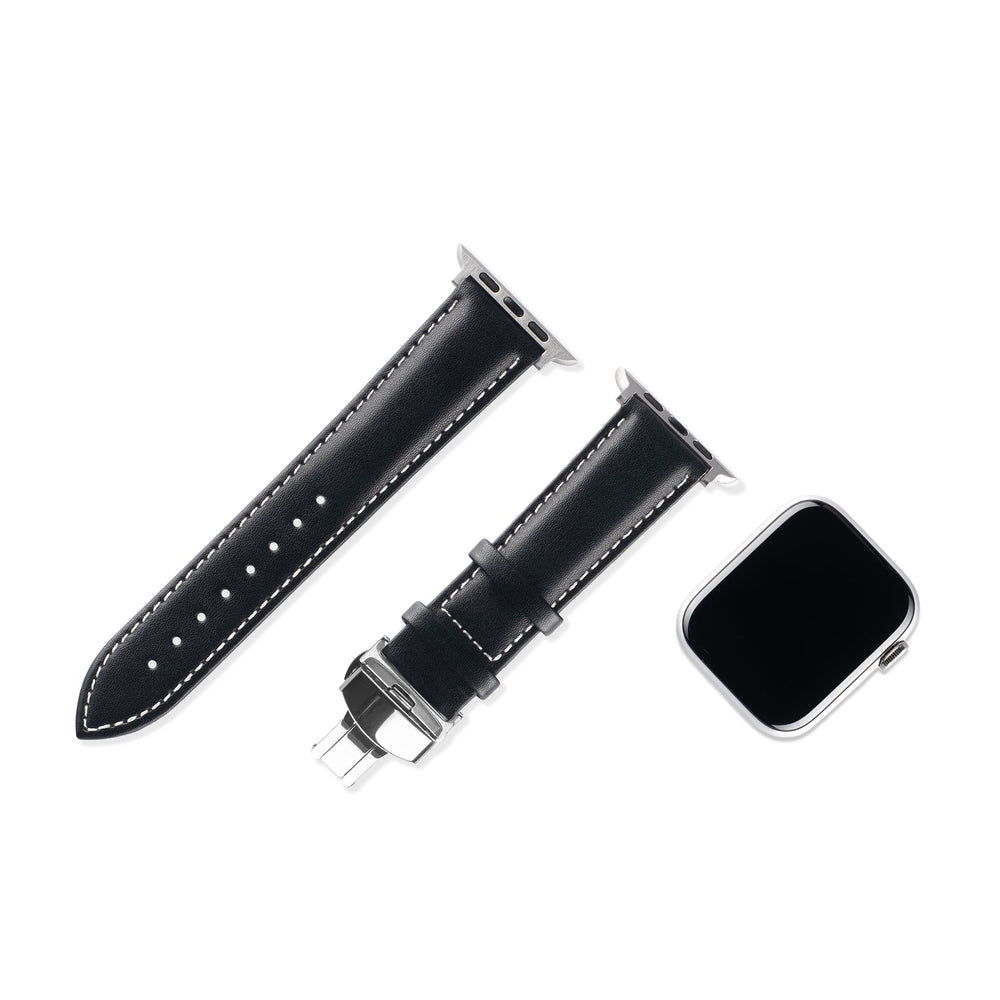
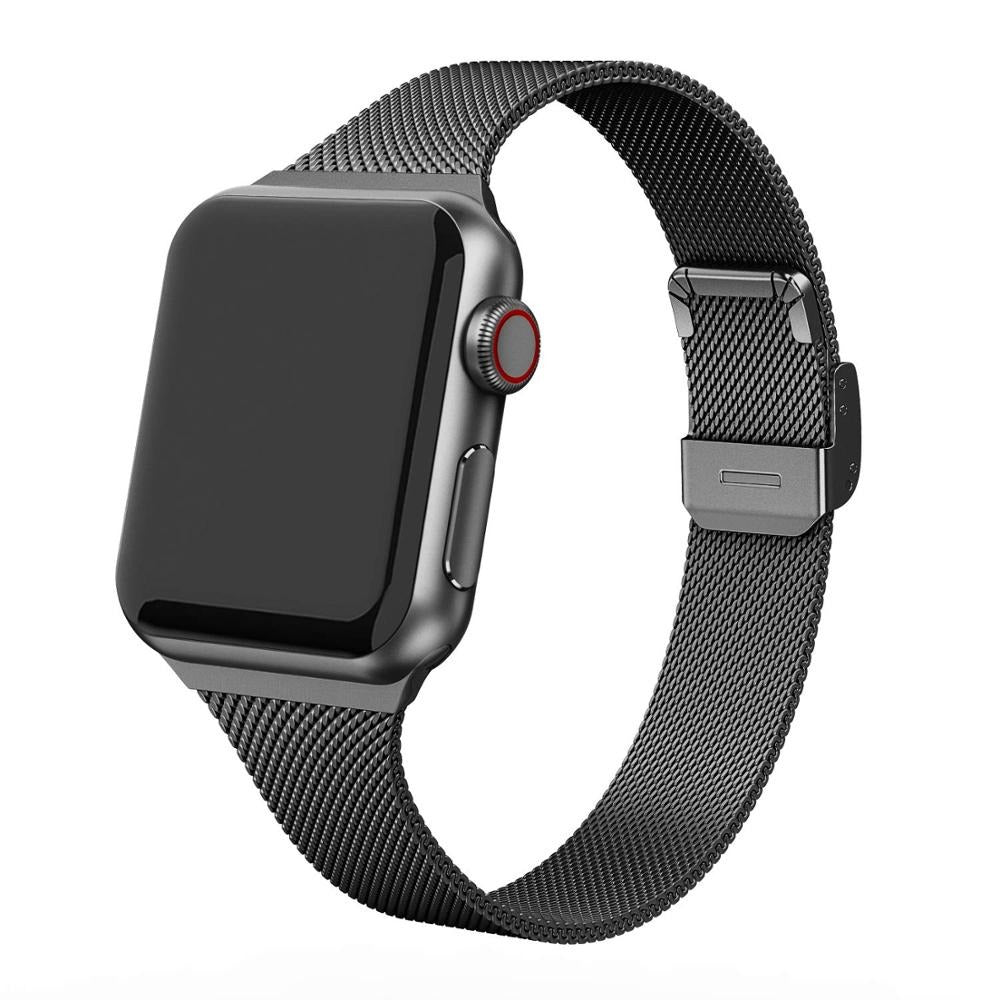
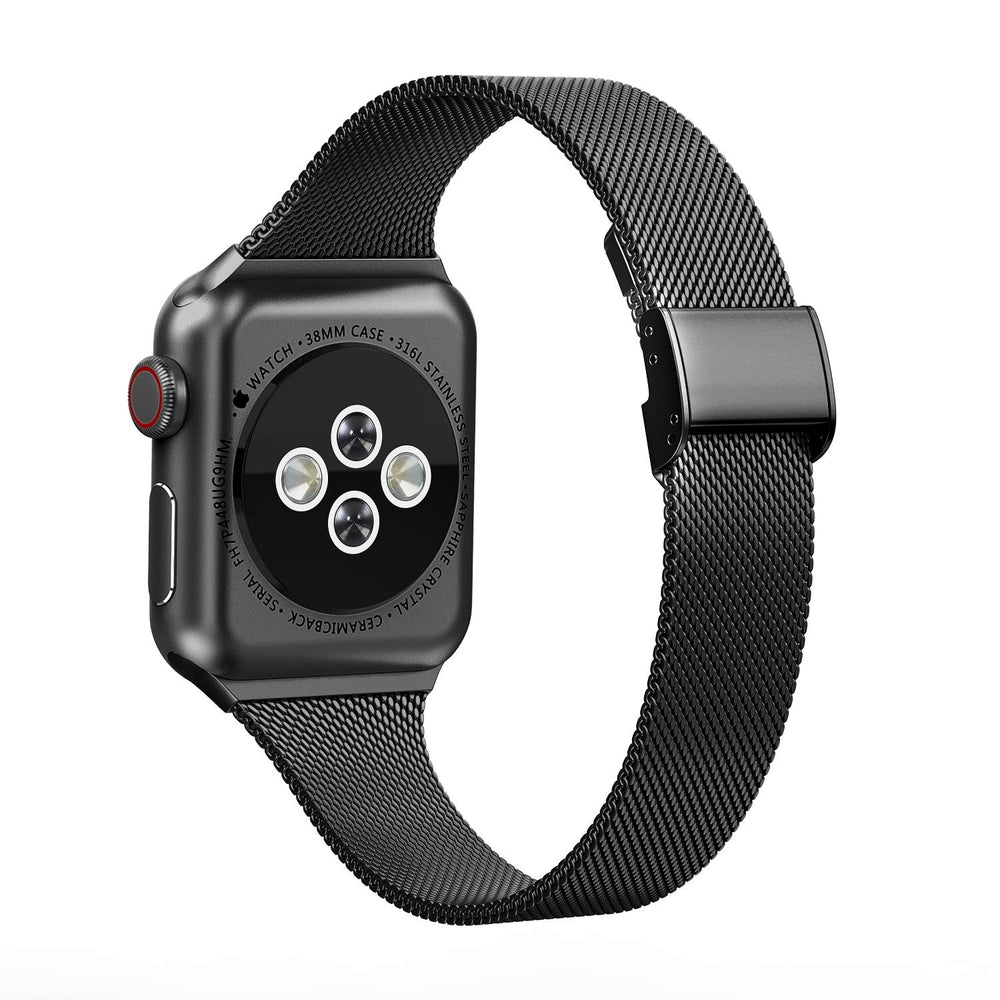
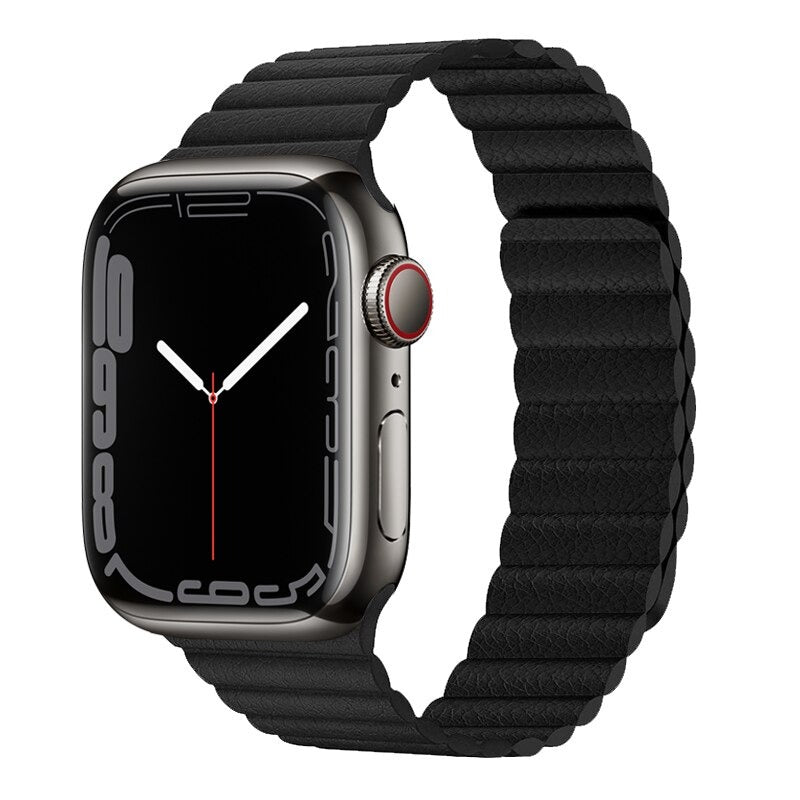
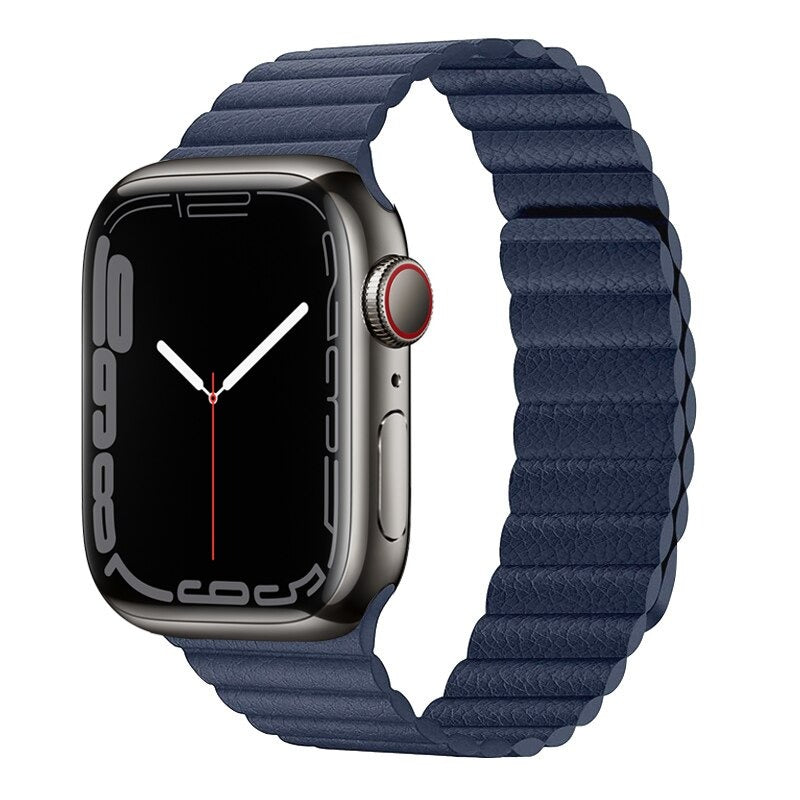
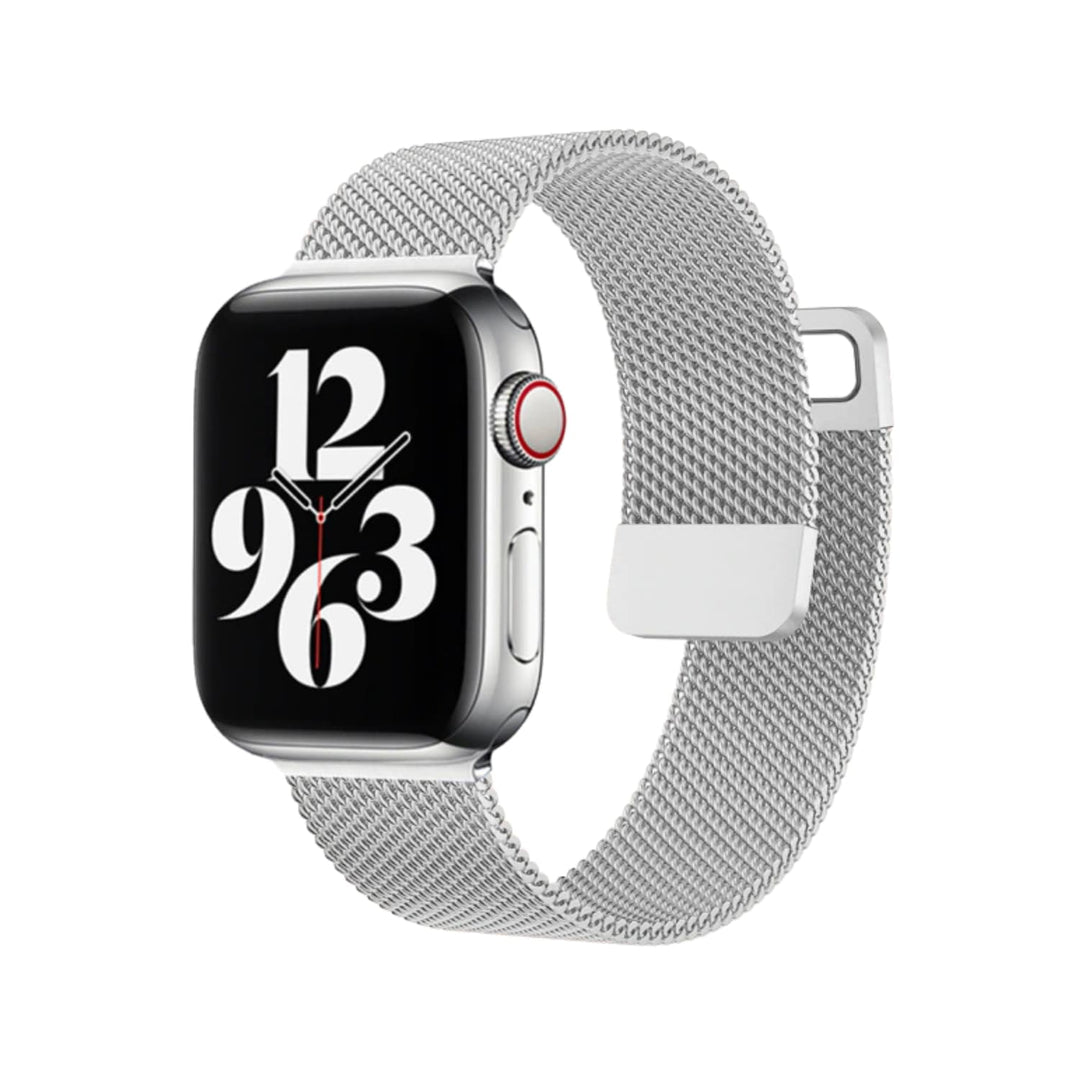
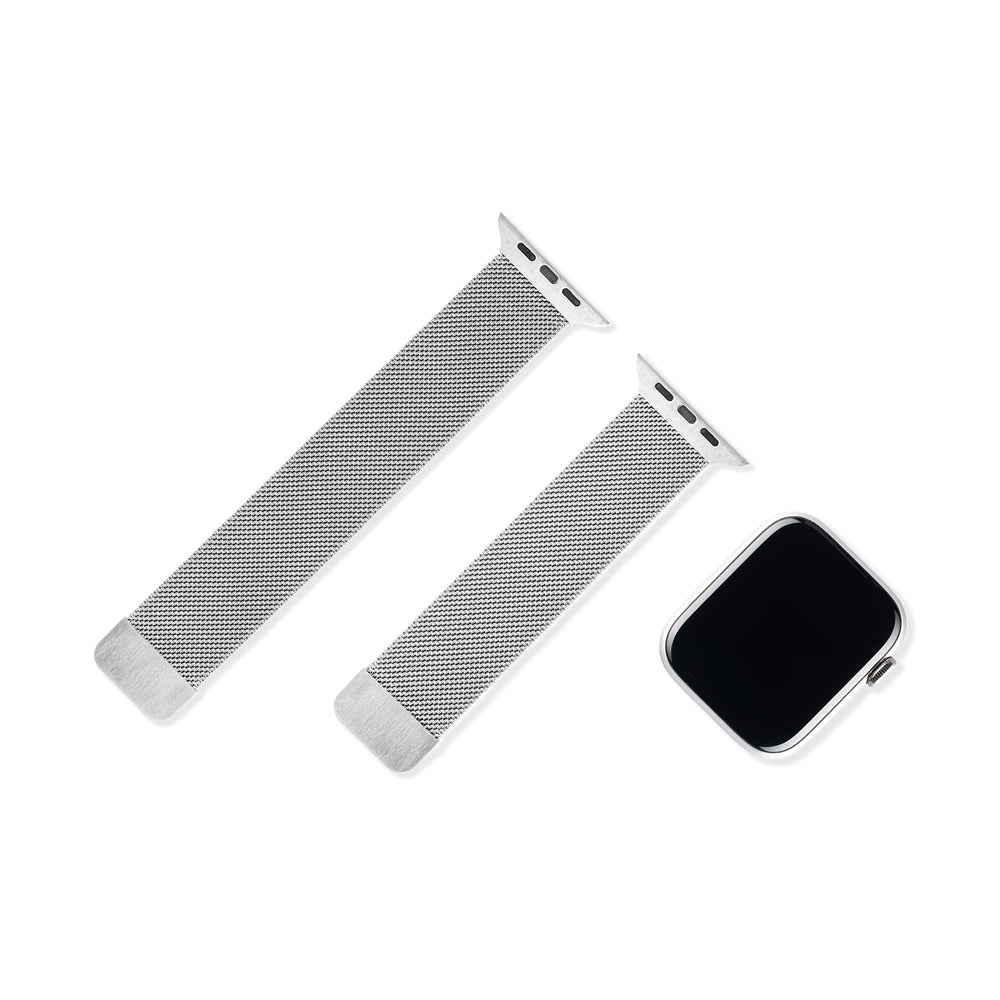
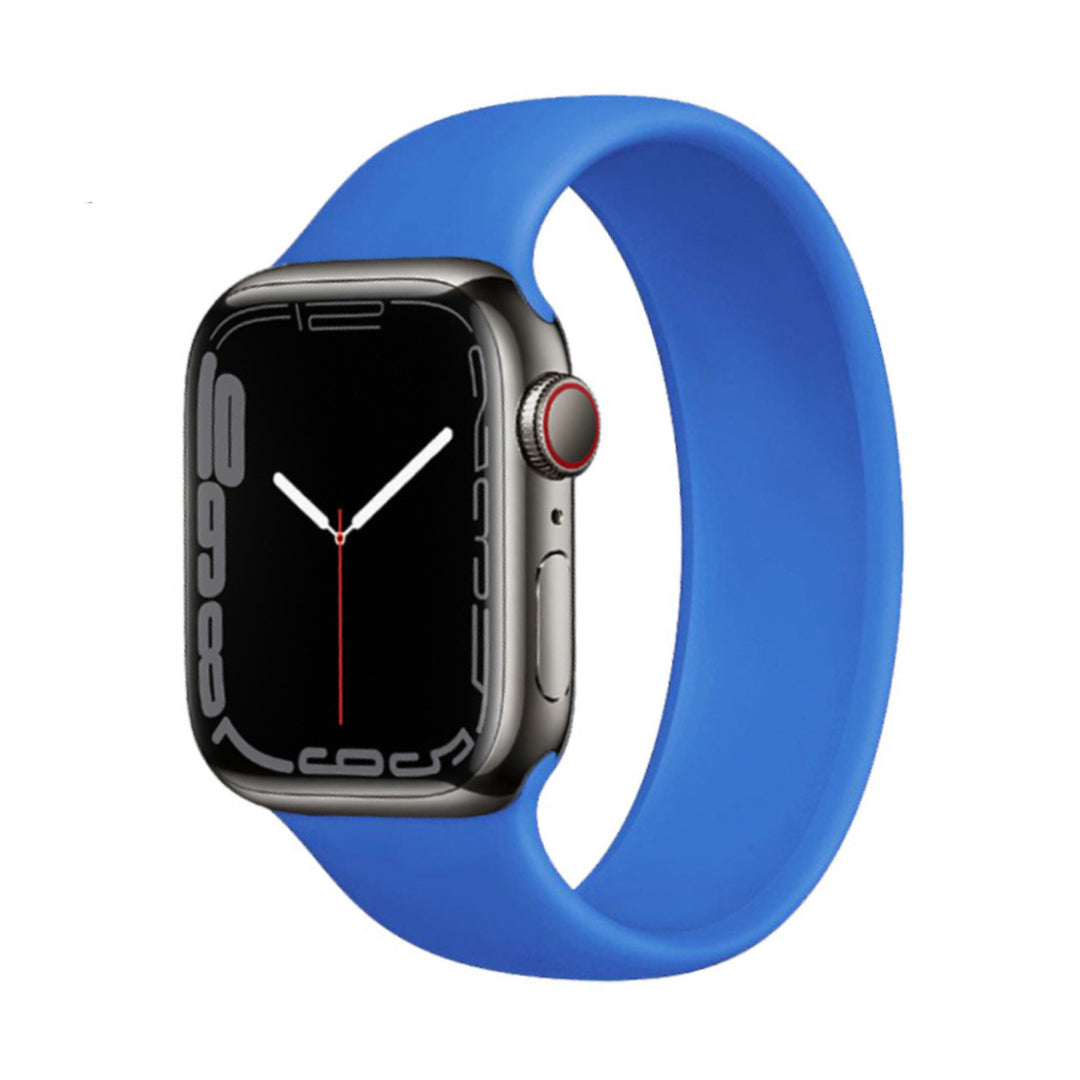

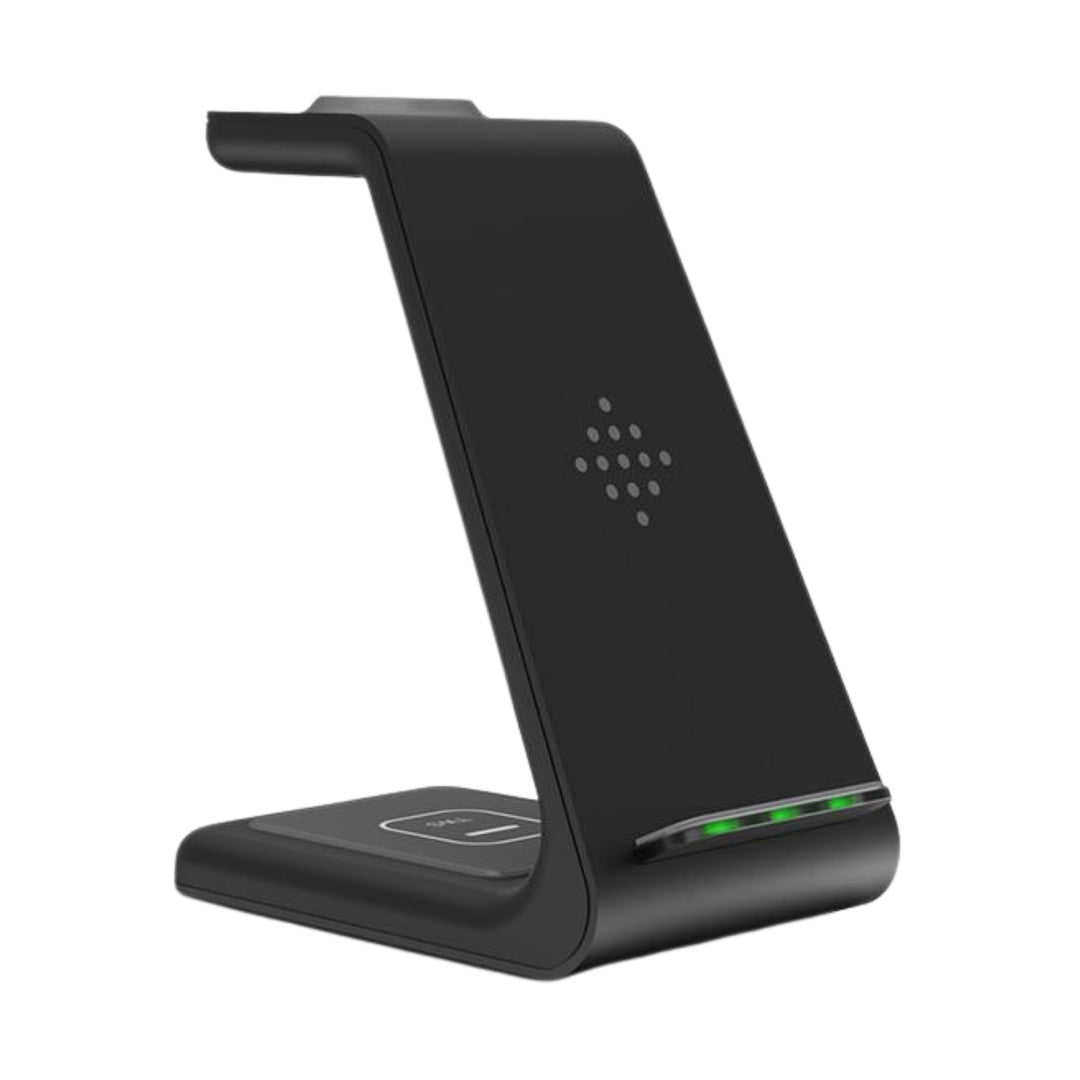





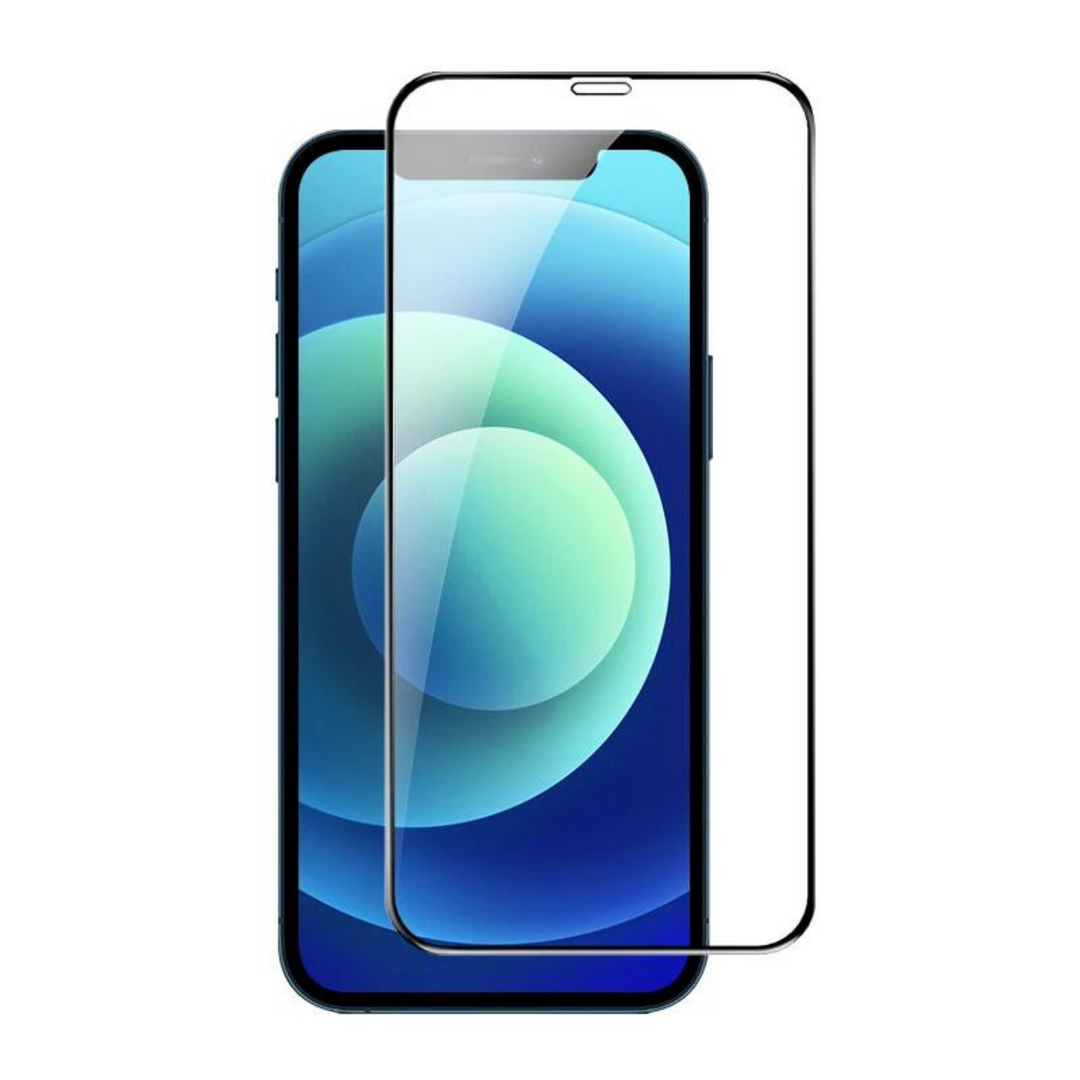


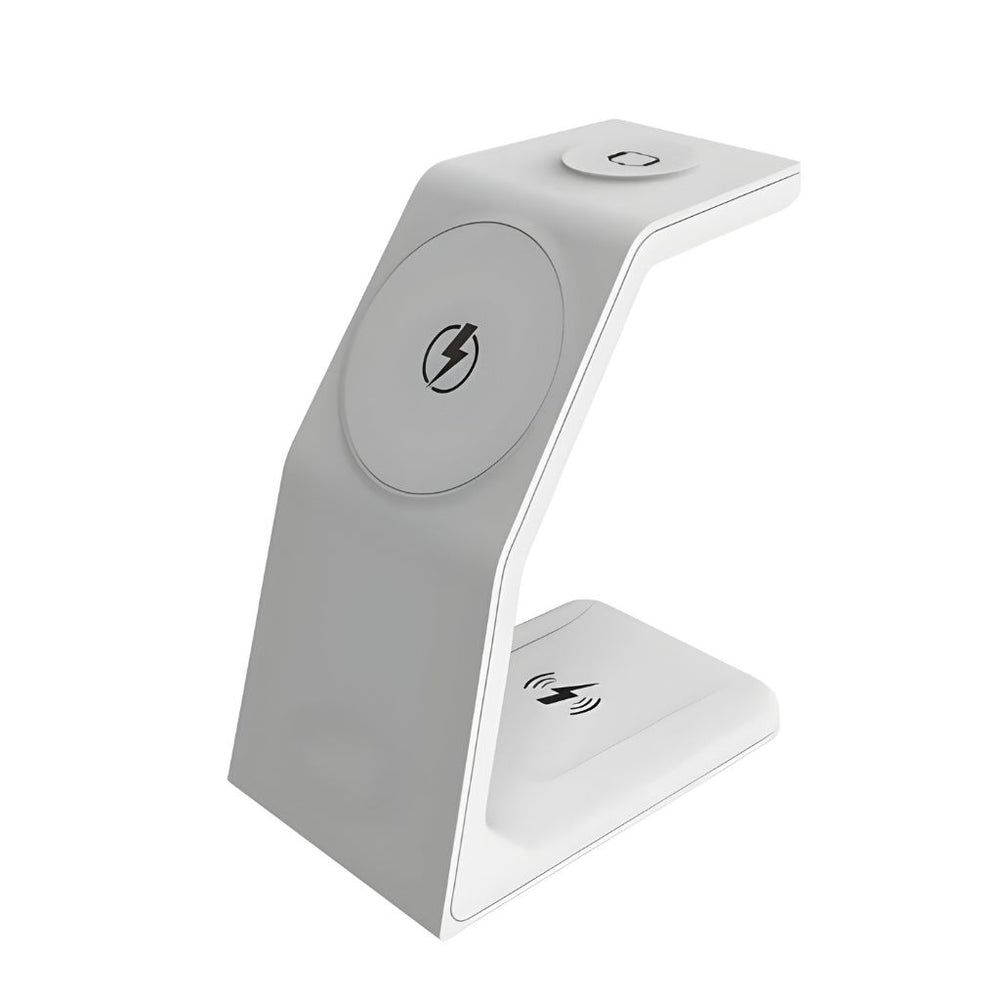
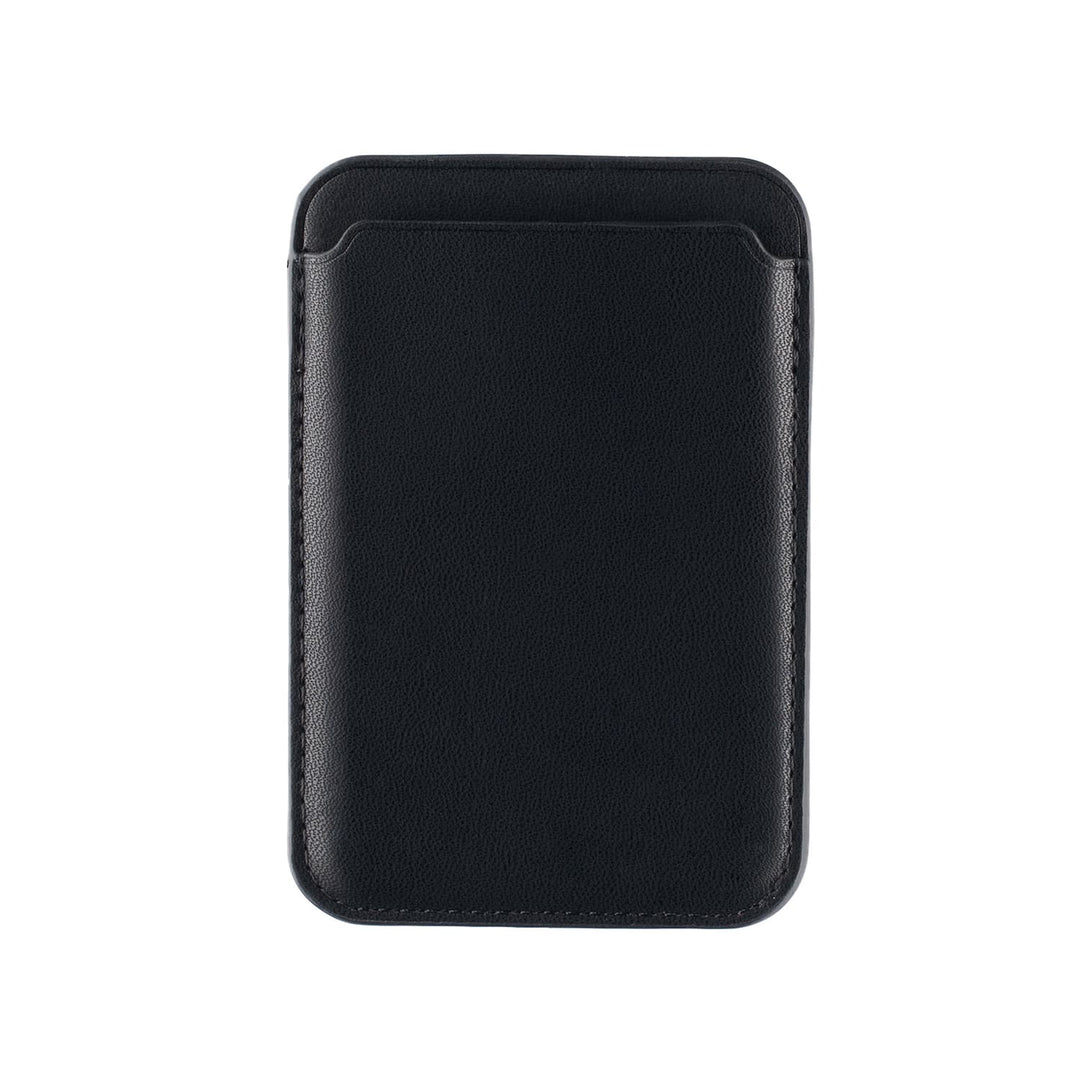
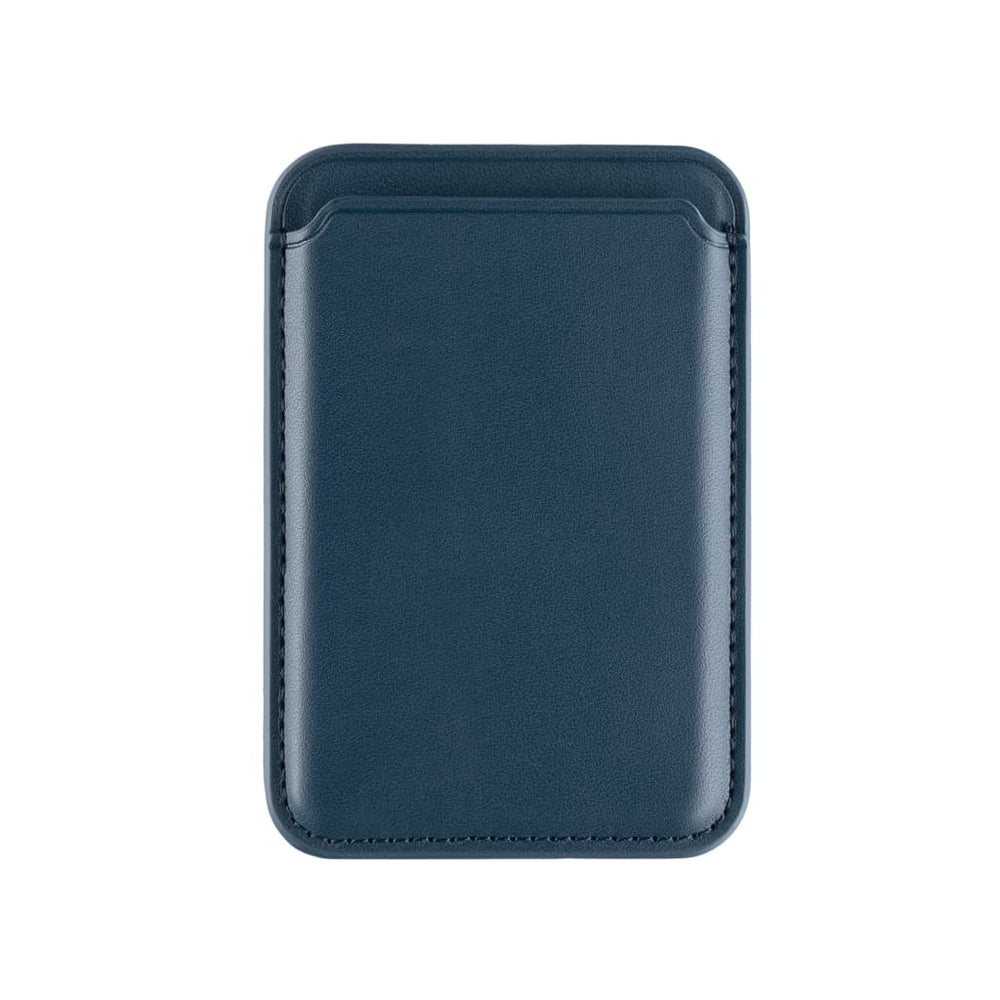












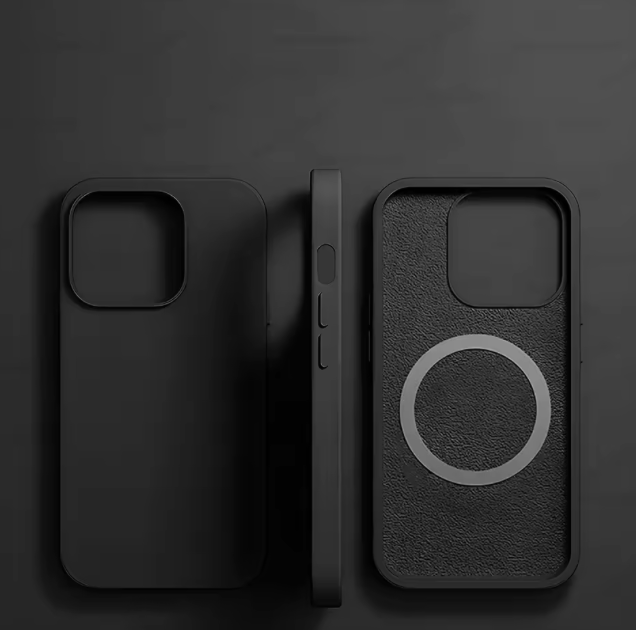



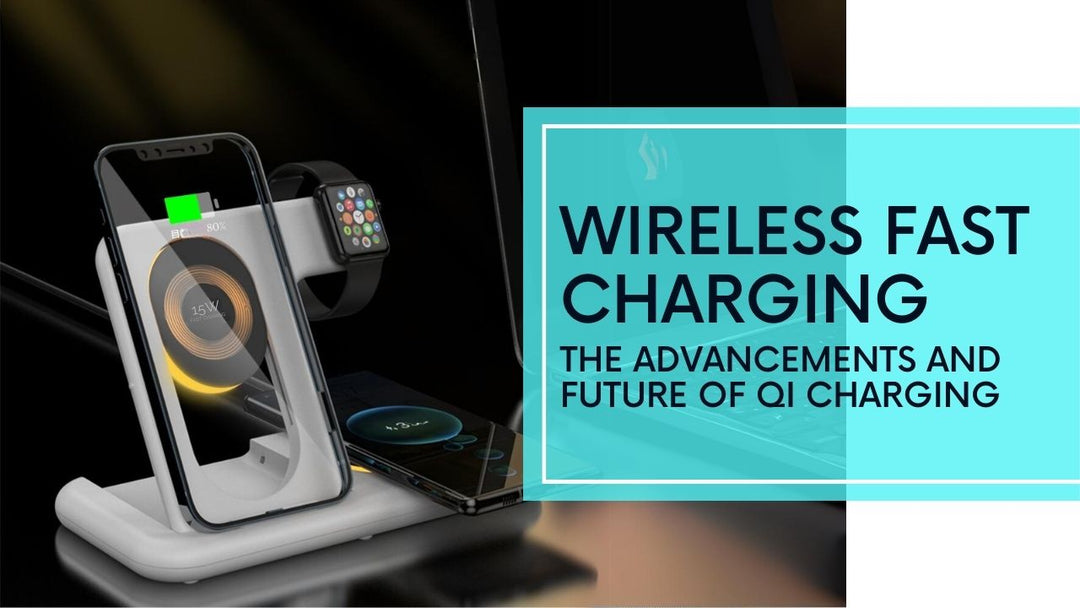
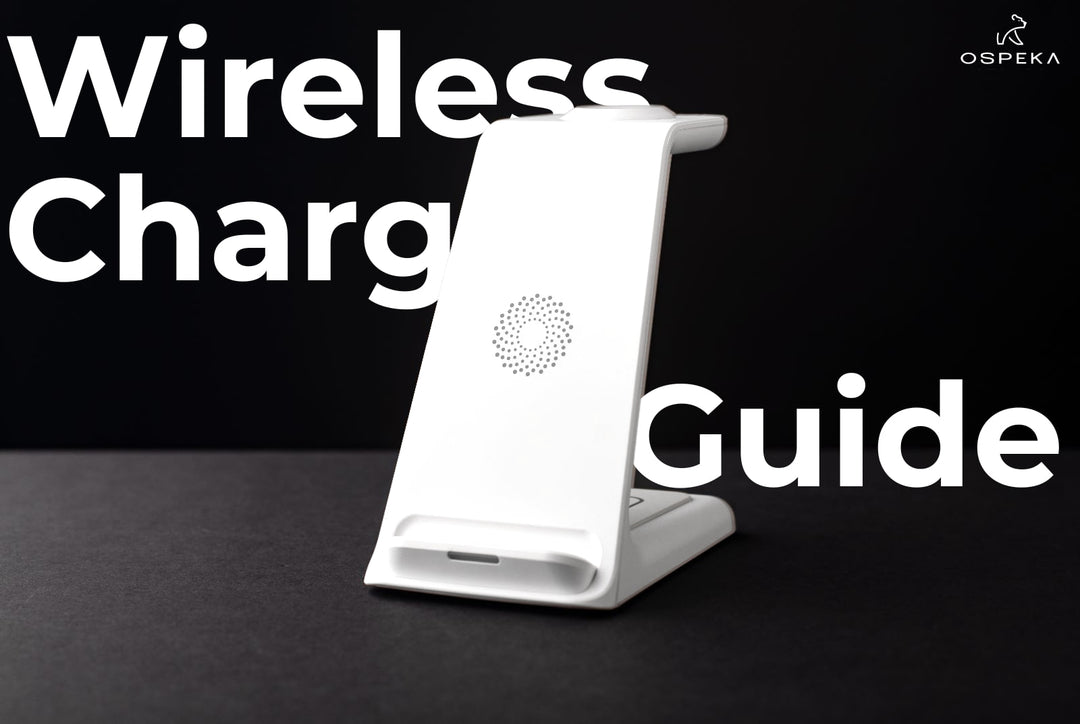
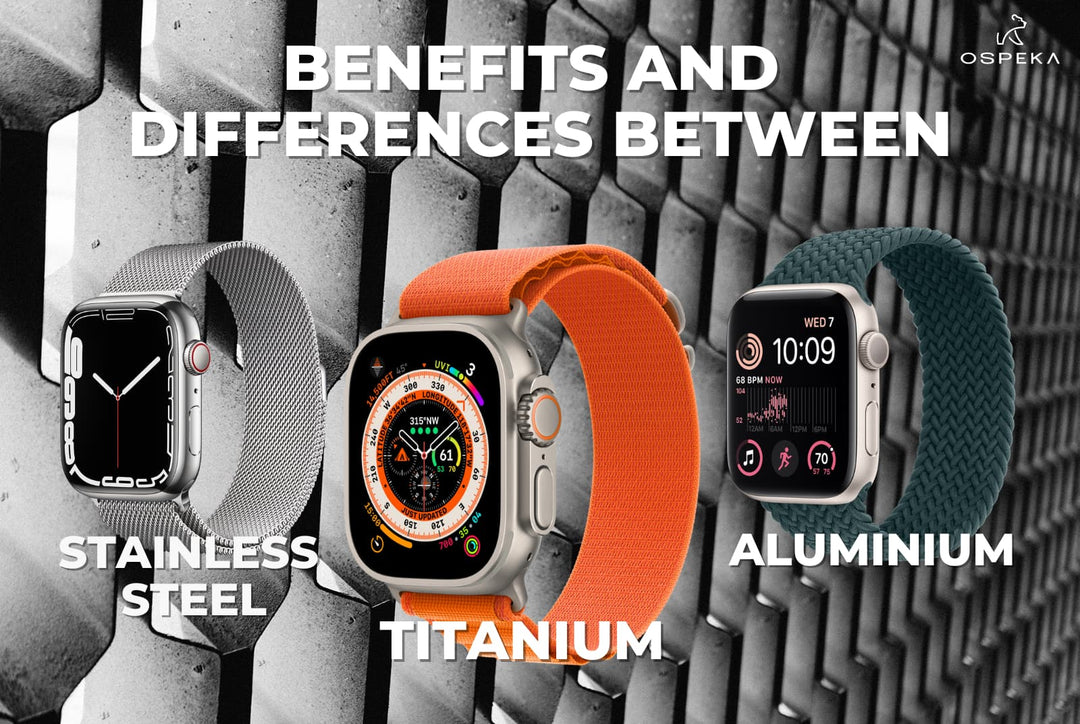



Leave a comment